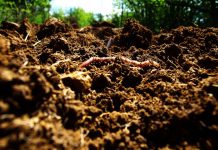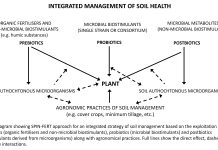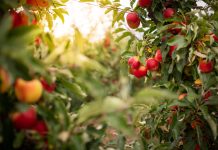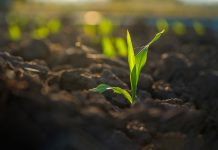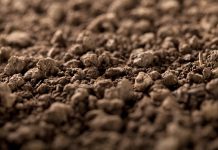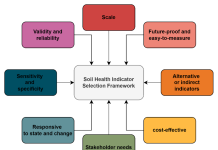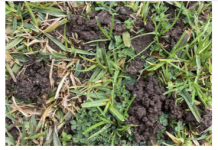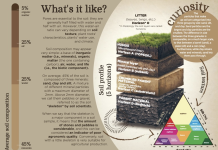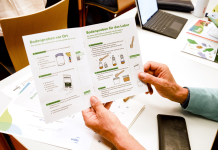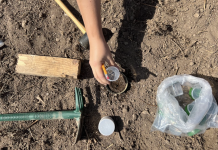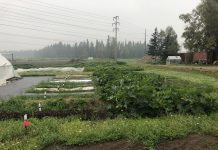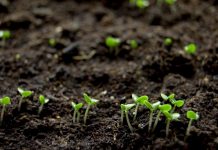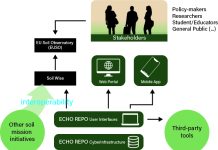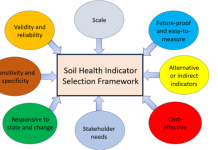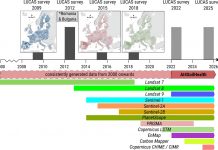Open Access Government produces compelling and informative news, publications, eBooks, and academic research articles for the public and private sector looking at health, diseases & conditions, workplace, research & innovation, digital transformation, government policy, environment, agriculture, energy, transport and more.
Home 2025
Archives
Soil health: The importance of the rhizosphere
Lynette Abbott, Emerita Professor, The University of Western Australia School of Agriculture and Environment and UWA Institute of Agriculture, examines how the rhizosphere, a narrow collar of soil clinging to plant roots, is emerging as a key player in soil and plant health.
SPIN-FERT: Innovations for soil, impact for people and policies
The SPIN-FERT project, funded by the European Union’s Horizon Europe program, focuses on improving soil health in horticultural crops while promoting peat-free substrates.
Soil health: Assessing and monitoring using soil biology
Lynette Abbott from The University of Western Australia, focuses again on soil health, this time by assessing and monitoring using soil biological indicators.
A soil health initiative for revegetation and orchards
Lynette Abbott from The University of Western Australia highlights an innovative soil health initiative for revegetation and orchards.
SoilTribes: Glocal ecosystems restoring soil values, roles and connectivity
This analysis explores how creativity, knowledge-sharing, and the empowerment of local communities can transform our understanding of soil value and protection, focusing on global and local ecosystems that restore soil’s values, roles, and connectivity.
Soil biological amendments for soil health
Lynette Abbott and Bede Mickan from The University of Western Australia, provide insights into research on enhancing soil health using biological amendments.
AI4SoilHealth Science: Revolutionising soil health monitoring
Seasoned experts explain here the revolutionising of soil health monitoring through the science of the AI4SoilHealth project.
The importance of earthworms for soil health
In this article, Lynette Abbott from The University of Western Australia, highlights the importance of earthworms for soil health.
Soil parent material: The role of earth’s skin on forest health
Soil is complex, posing challenges for measurement and management at scale. Mark Kimsey from the University of Idaho highlights the importance of monitoring soil properties in forest management. This has resulted in digital tools that help align management practices with the characteristics of soil parent material and climatic conditions.
Training and citizen engagement to tackle soil health challenges
The ECHO project approach in tackling soil health challenges through soil literacy and citizen engagement.
Echo’s citizen science initiatives for soil literacy take off
Led by ECHO partners, we hear about citizen science initiatives that aim to improve soil literacy and foster sustainable practices through workshops and community engagement.
Building healthy sandy soils in agricultural landscapes
Lynette Abbott and Hira Shaukat from The University of Western Australia, provide insights into research on enhancing health in sandy soils.
The dynamics of soil health
Thomas Gumbricht from Stockholm University and xSpectre, with Sonia Meller from Digit Soil, discuss what we need to know about understanding the dynamics of soil health.
Soil biodiversity is essential for building environmental resilience
The School of Agriculture and Environment and Institute of Agriculture at the University of Western Australia recognise the importance of soil biodiversity in managing soil conditions and building resilience against environmental changes.
Combating drought to increase soil water retention in vineyards
Professor Pete W. Jacoby, from Washington State University, researches methods to combat impacts of global warming by enhancing soil water retention for vineyard resilience.
When common recommendations for cultivating in cold soils inadvertently thaw permafrost
Melissa Ward Jones, details when common recommendations for cultivating in cold soils inadvertently thaw permafrost, starting with the challenges of cultivating at high latitudes.
Citizen science initiatives for soil literacy
Alba Peiro and Francisco Sanz from the Ibercivis Foundation, Claudia Cappello and Tanja Mimmo from the Free University of Bolzano, guide us through citizen science initiatives for soil literacy that are integral to the ECHO project.
Advancing the soil deal for Europe through cyberinfrastructure and citizen science
This article explores advancements in soil health across Europe, highlighting innovative cyberinfrastructure for soil citizen science. This initiative, led by the Quanta team, allows citizens to actively participate in environmental stewardship.
Developing a robust soil health indicator selection framework
The EU Soil Health Monitoring Law proposes twelve main soil indicators for reporting soil health. There is a need to ensure that these indicators and other subsequent measures are robust for their purpose.
Soil health monitoring through iterative analysis of soil’s past, present, and future
Tom Hengl, Director of the OpenGeoHub foundation, discusses the importance of soil health monitoring and how the AI4SoilHealth project is supporting this endeavor.

